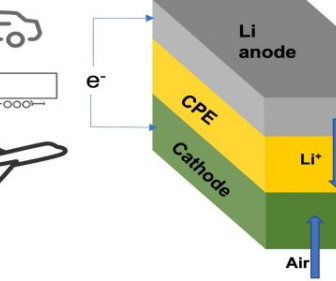IIT, Argonne team designs Li2O-based Li-air battery with solid electrolyte; four-electron reaction for higher energy density
Green Car Congress
FEBRUARY 25, 2023
Researchers at the Illinois Institute of Technology (IIT) and US Department of Energy’s (DOE) Argonne National Laboratory have developed a lithium-air battery with a solid electrolyte. The four-electron reaction is enabled by a mixed ion–electron-conducting discharge product and its interface with air. . …

























Let's personalize your content